Methods
The Seilich workshop is a hive of activity all year round. It’s the place where we extract our precious botanical extracts from our meadow grown plants. After carefully tending to our plants in the meadow all summer, we are extremely picky when it comes to the methods we are willing to use in the process of extracting their botanical compounds! Only the gentlest of methods are used, ensuring that the compounds within aren’t degraded in the process, and the resultant oil/water/extracts are of the highest quality. Some of the methods we use are detailed below;
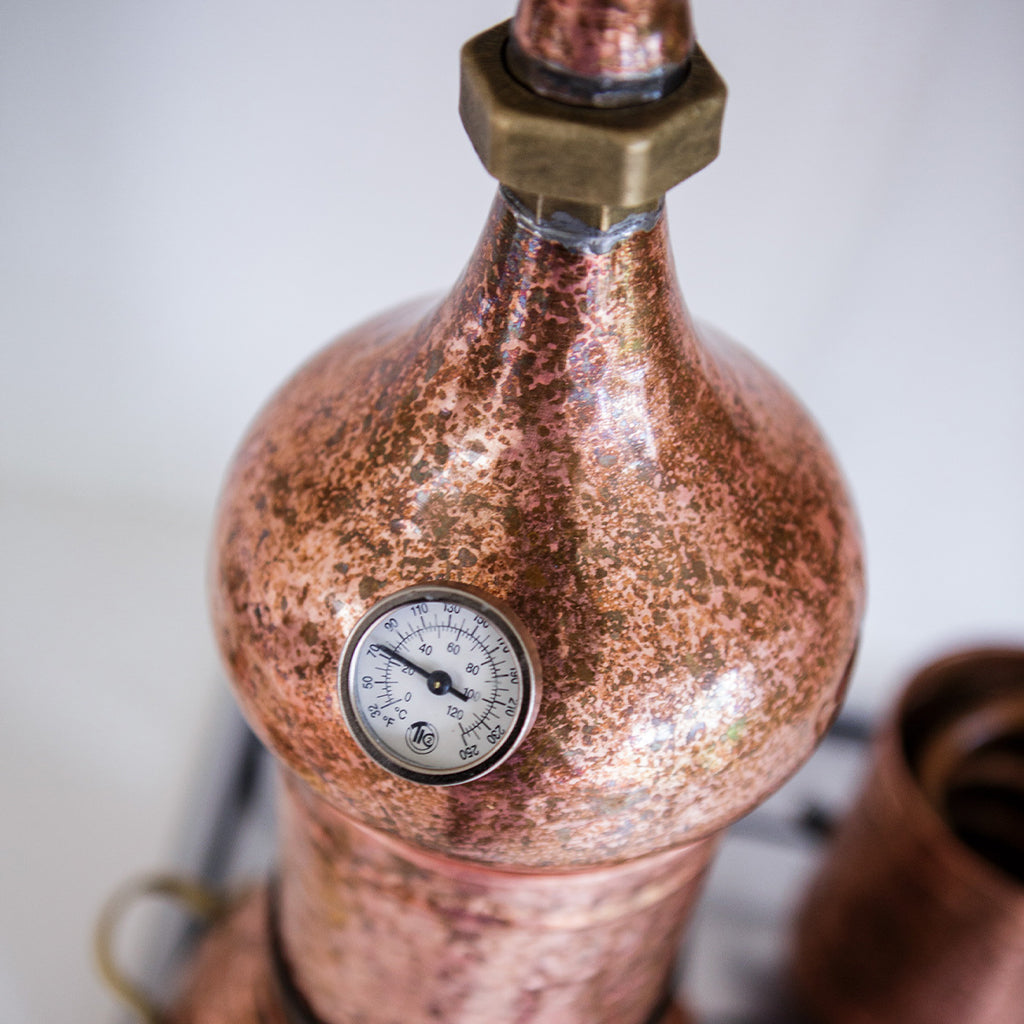
Distillation
We extract hydrosols and essential oils from fresh plant matter through the method of distillation. In the summer months, the workshop is a hot and fragrant place as the still gently releases volatile compounds from leaves, stems and flowers.
More about hydrosols:
What are hydrosols?
Hydrosols (also known as floral waters, hydrolats and aromatic waters) are distilled plant waters. They contain a wealth of hugely powerful natural plant products known as volatile compounds; these include microparticles of essential oils as well as dissolved water-soluble compounds. They also contain cellular water which some describe as the essence or spirit of the plant. Potent energetic and therapeutic properties of the plant are therefore concentrated in hydrosols, making them wonderful for use in skincare products (see individual plant species we work with for their properties).
How are they made?
Hydrosols have been made and used by man for thousands of years (the oldest known still being around 4000 years old).
At Seilich we distil our hydrosols in small batches using plants that we grow ourselves within our wildflower meadow. This means that we are able to 1/ grow our plants in the most gentle way, following organic principles, 2/ harvest at the optimum time (for some species this may be the first dawn sunrise after they come into bloom, for others it may be at midday after a period of dry sunny weather) and 3/ work with the freshest plant material, with plants going from the meadow into the still within minutes. By taking frequent wanderings through the meadow we are able to tend to and check on all our plants, ensuring we are in tune with their rhythms.
We distil in a very mindful way, some species requiring a long slow distillation, others preferring a fiery hot shock! The hydrosols we produce are made in sterile conditions and double filtered before being tested for microbes to ensure absolute purity.
How do botanical hydrosols compare to essential oils in terms of potency and efficacy? Do they offer similar therapeutic benefits?
In comparison to essential oils, botanical hydrosols are often considered gentler and milder due to their lower concentration of aromatic compounds. While essential oils are highly concentrated and potent, hydrosols contain diluted amounts of plant essences, making them suitable for more sensitive skin types and versatile in various applications. However, the specific therapeutic benefits of hydrosols may vary depending on the plant and the distillation process used.
Are there any potential side effects or precautions to consider when using botanical hydrosols? For example, are there any risks associated with allergic reactions or skin sensitivities?
When using botanical hydrosols, it's essential to consider potential side effects and precautions. While they are generally considered safe for topical use, there is still a possibility of allergic reactions or skin sensitivities, especially for individuals with sensitive skin or allergies to specific plants. It's advisable to perform a patch test before using a new hydrosol and to dilute them further if necessary, especially for sensitive skin types or when using them on children or pets.
Can botanical hydrosols be used internally, such as in cooking or ingesting for health benefits, or are they strictly for topical application?
Botanical hydrosols are primarily intended for external use, such as in skincare, aromatherapy, or as natural room sprays. While some hydrosols may be safe for internal use, such as in culinary applications or as dietary supplements, it's crucial to exercise caution and consult with a qualified healthcare professional before ingesting them. Not all hydrosols are suitable for internal use, and consuming them inappropriately can lead to adverse effects. Therefore, it's essential to read product labels carefully and seek guidance from experts when considering internal usage.
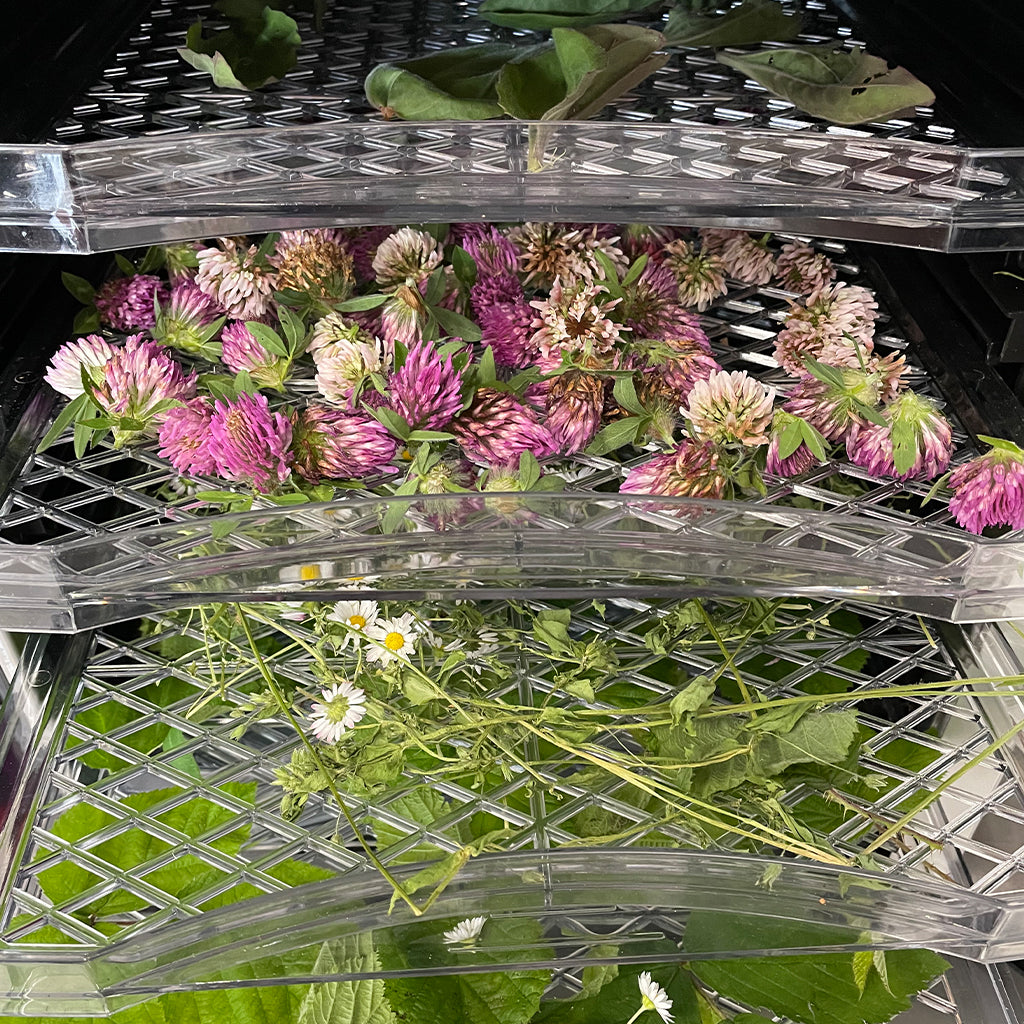
Drying
When the plants first come in from the meadow, unless that are being distilled they need to first undergo a drying process to remove any water from their cells. To do this, we lay the plants on linen frames within a polytunnel. Over 3-5 days, the gentle warmth from the sun releases the water, and the plants are re-gathered before going on to the next process.
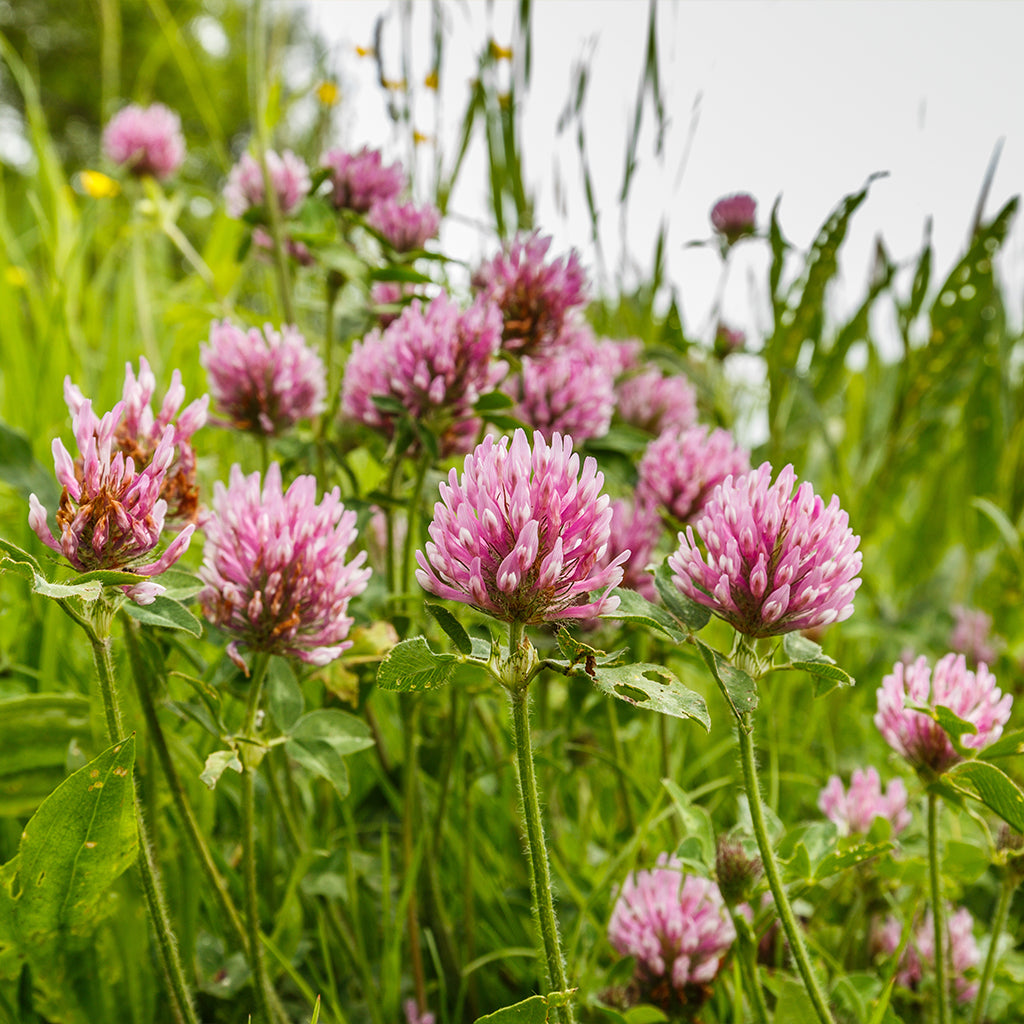
Infusion
Oil soluble plant compounds are dissolved into carrier oils through the process of infusion. Dried plant matter is submerged into a carrier oil and left in a sunny place for around 4 weeks, using energy from the sun to release compounds from the plants within.
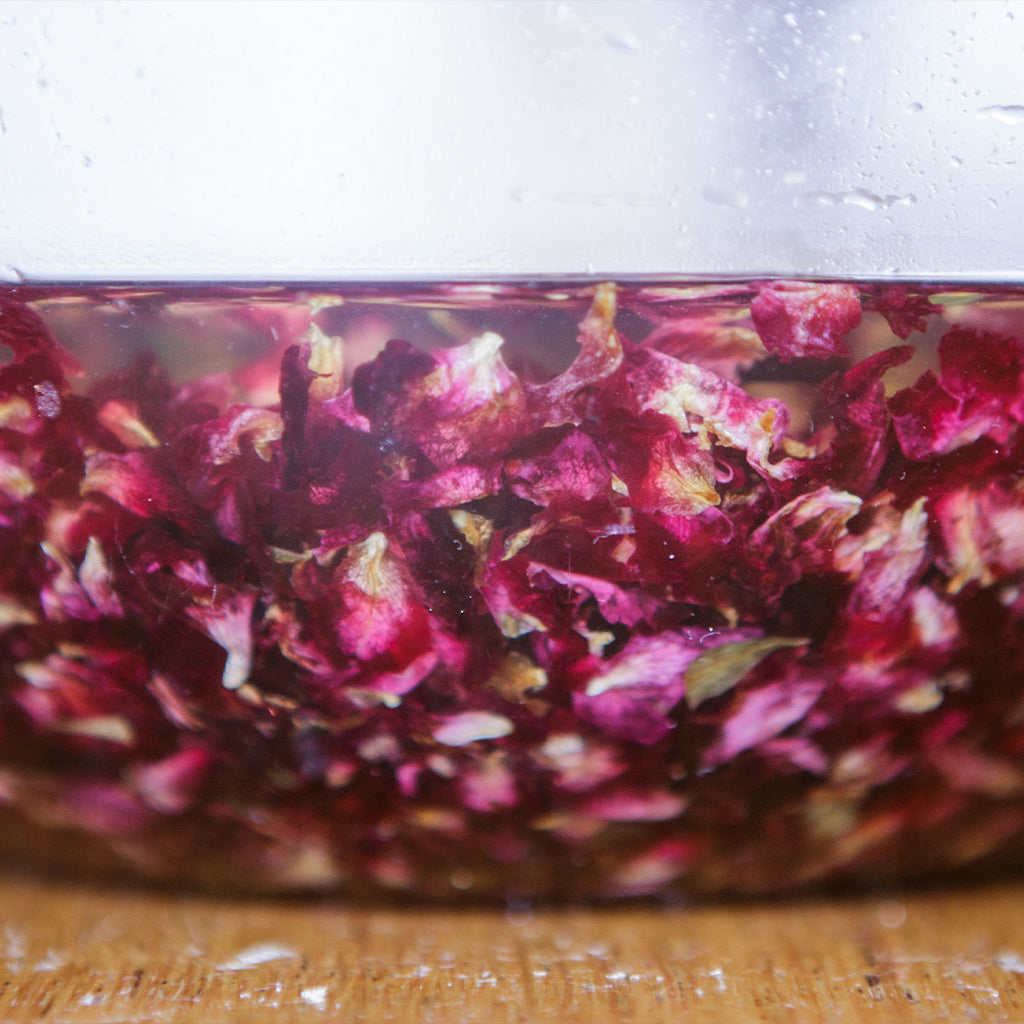
Maceration
By heating dried plant matter within a carrier oil, a higher proportion of oil soluble compounds are transferred to the oil. Due to the sensitive nature of many botanical compounds and carrier oils, maceration can only be used in a few cases where compounds are less susceptible to oxidation however. In the rare cases that we use maceration, a low heat (around 40 degrees Celsius) is applied for a short period, before being allowed to cool and the plant matter strained from the oil.
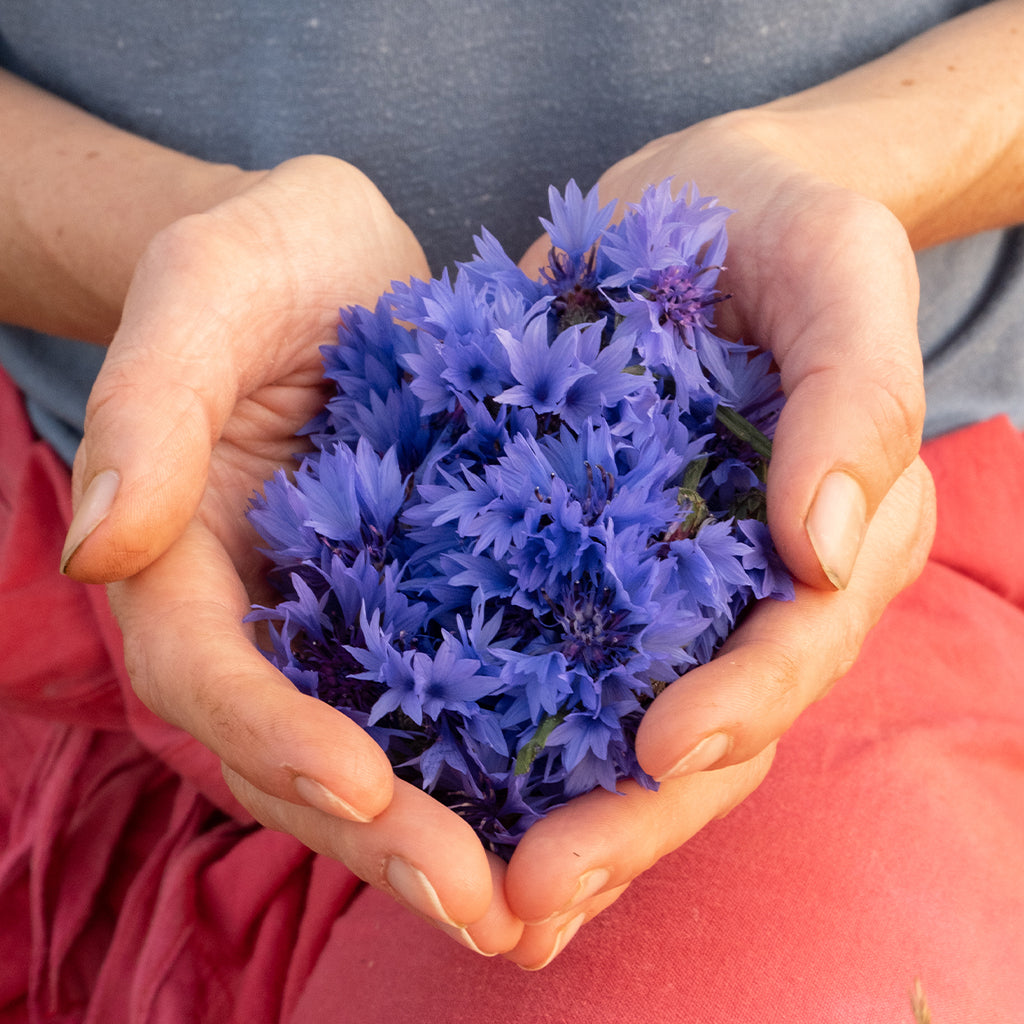
Picking
We carefully handpick plants from our meadow to use in our products. Although time consuming, hand picking ensures that only mature, healthy flowers and leaves are taken, guaranteeing that our ingredients are the best quality they can possibly be. In addition, it ensures that any plants that are being used by wildlife e.g. where butterflies have laid their eggs, are left undisturbed. To find out more about our wildlife friendly growing practices click here.
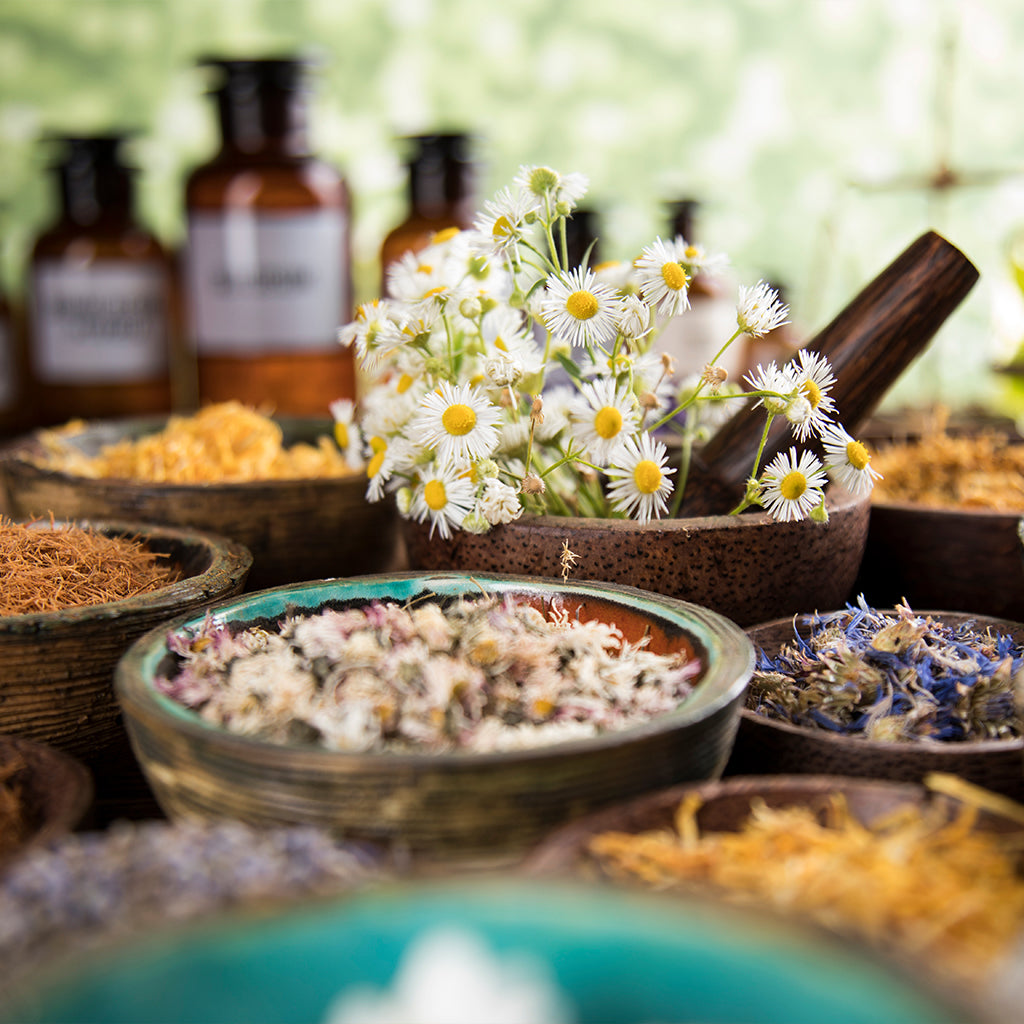
Powdering
Powdering increases the surface volume of plant matter and allows greater plant-skin contact. Powdered plants are first gently dried before being hand-crushed and placed in a grinder.
